Published 1st May 2024
Carbon Reduction Plan
Our Commitment
Postworks is committed to achieving Net Zero emissions by 2040.
What does Net Zero mean in practice?
To achieve Net Zero, we will be aiming to reduce emissions in line with the latest science–based targets (SBTs). SBTs are greenhouse gas reduction goals set by organisations, they are defined as “science–based” when they align with the scale of reductions required to limit global temperature increases to 1.5°C compared to pre–industrial temperatures. To achieve Net Zero under this scenario, we will need to reduce our absolute emissions by 90% from our baseline year.
SBTi recommends that organisations commit to near–term targets (that cover a minimum of 5 years/maximum of 10 years from the baseline year), as well as long–term targets.
Our Carbon Footprint
Baseline and Current Emissions Reporting
Baseline emissions are a record of the greenhouse gases that have been produced in the past and were produced prior to the introduction of any strategies to reduce emissions. Baseline emissions are the reference point against which emissions reduction can be measured. We have previously measured emissions for the year ending June 2022, but are choosing to set our current year as the baseline against which reductions can be tracked as it is a more representative period with operations no longer being impacted by COVID-19 restrictions.
| Reporting Period: 1st January 2023 – 31st December 2023 | |
| All scope 1, scope 2, and scope 3 emissions have been measured using the operational control approach. | |
| Emissions | Total (tonnes CO2e) |
| Scope 1 | 4.5 |
| Scope 2 | Market-based: 4.6
Location-based: 5.9 |
| Scope 3 | 1,121.3 |
| Total Emissions | Market-based: 1,130.5
Location-based: 1,131.8 |
Carbon Intensity Metrics
| Metric | Carbon Intensity |
| Tonnes of CO2e per Employee | 45.2 tCO2e |
Carbon intensity metrics are calculated using total market-based results.
Carbon Emissions Breakdown by Category
| GHG Category | Emissions (tCO2e) |
| Scope 1 | |
| Stationary Combustion | 4.5 |
| Mobile Combustion | None |
| Fugitive Emissions | None |
| Process Emissions | None |
| Scope 2 | |
| Electricity (Location-based) | 5.9 |
| Electricity (Market-based) | 4.6 |
| Heat & Steam | None |
| Scope 3 (Upstream) | |
| Goods & Services | 594.0 |
| Capital Expenditure | 271.2 |
| Fuel- and energy-related activities | 31.7 |
| Upstream Transportation and Distribution | 90.1 |
| Waste Generated In Operations | 0.7 |
| Business Travel | 31.5 |
| Commuting | 17.7 |
| Upstream Leased Assets | None |
| Scope 3 (Downstream) | |
| Downstream Transportation and Distribution | None |
| Processing of Sold Products | None |
| Use of Sold Products | None |
| End-of-Life Emissions of Sent Letters | 84.3 |
| Downstream Leased Assets | None |
| Franchises | None |
| Investments | None |
| Location-based Total | 1,131.8 |
| Market-based Total | 1,130.5 |
Emissions reduction targets
We project that carbon emissions will decrease over the next five years to 789.4 tCO2e by 2028. This is a reduction of 30%.
Our near-term targets:
- Reduce scope 1 emissions by 42% by 2030.
- Reduce market-based scope 2 emissions by 100% by 2030.
- Reduce Scope 3 emissions by 42% by 2030.
*Purchased electricity emissions are measured and reported in two ways; the location-based method and the market-based method. The location-based method reflects the emissions intensity of grids on which energy consumption occurs, while the market-based takes into account the suppliers and tariffs that organisations have specifically chosen. We will be using the market-based method for final reporting and target setting.
Our long-term targets:
- Reduce our total market-based* emissions (scope 1, 2 and 3) by at least 90% by 2040.
- Neutralise any residual emissions using verified carbon offsets.
Emissions covered by our targets:
- Scope 1 emissions: direct greenhouse gas emissions that occur from sources owned or controlled by a company, such as emissions from the combustion of fuels in on-site boilers, furnaces, or vehicles.
- Scope 2 emissions: indirect greenhouse gas emissions that result from the generation of purchased electricity, steam or other forms of energy consumed by a company.
- Scope 3 emissions: all other indirect greenhouse gas emissions that occur in an organisation’s value chain, including emissions from upstream and downstream activities.
Our Net Zero targets
- Reduce scope 1 emissions by 42% from a 2023 baseline by 2030.
- Reduce market-based scope 2 emissions by 100% from a 2022 baseline by 2030.
- Reduce Scope 3 emissions by 42% from a 2023 baseline by 2030.
To reach these targets we will need to reduce our scope 1 emissions by 0.3 tCO2e each year, switch to a 100% renewable energy tariff before 2030 and reduce our scope 3 emissions by 67.3 tCO2e each year.

Carbon Reduction Projects
Completed Carbon Reduction Initiatives
- The following emissions management measures and projects have been completed or implemented.
| Activity | Completion Date | Scope |
| Measure the carbon impacts of business activities year on year and create an annual carbon reduction plan based on results. | 2023 | 1, 2 and 3 |
| Implement an Environmental Policy that aligns with carbon reduction goals. | 2023 | 1, 2 and 3 |
| Use of FSC and PEFC products exclusively. | 2023 | 3 |
| Office waste segregation campaign to reduce waste to landfill. | 2023 | 3 |
| Implementation of lean manufacturing methods. | 2023 | 1 and 2 |
| Addition of reflective film on external windows to reduce heating and therefore the need for aid conditioning. | 2023 | 1 and 2 |
Future Carbon Reduction Initiatives
We are committing to action the following emissions management measures and projects in line with our Net Zero targets.
| Activity No. | Activity | Target Date | Category |
| 1 | In 2023, we purchased 288 tonnes of paper products and spent over £275,000 on toners and ink. The cradle-to-gate and delivery emissions of the paper products, toners and inks purchased were estimated to be around 282 tCO2e, 295 tCO2e and 12 tCO2e, respectively. As these products are vital for the delivery of our service, we will need to look for low-carbon alternatives and ensure that our suppliers are 2025 Purchased Goods & Services Page 6 of 9 also working to reduce carbon emissions if we are to reduce our footprint.
We have already begun the search for a lowcarbon alternative paper that meets our high standards and will assess the feasibility of having a recycled paper option for interested clients. We will work with our material suppliers to ensure the availability of higher-quality data for future calculations and to be sure that we are aligned when it comes to carbon reduction goals. |
2025 | Purchased
Goods & Services |
| 2 | We will look to add some messaging to our envelopes that will encourage recycling as studies have suggested this can have a positive effect on behaviour. The end-of-life emissions of the (roughly) 271 tonnes of paper that left our gate were estimated to be 87 tCO2e. The most recent available data suggests that 70% of paper and board waste produced in the UK is diverted, so we have assumed that around 30% of the materials we distribute end up in landfill. By adding a simple reminder to our envelopes, we hope to reduce the likelihood that our materials end up in landfills. | 2025 | Disposal by
Customer |
| 3 | Third-party couriers play a significant role in the delivery of our service, and they make up a significant portion of our scope 3 emissions. We completely outsource the delivery of letters and therefore need to ensure that the businesses we partner with for this part of the service are aligned with our goals. Royal Mail has set a target to reach Net Zero by 2040 which will mean we can confidently continue to use their services whilst working towards our own Net Zero goal. The remaining 96% of emissions are covered by a Net Zero target year of 2045 so progress towards targets will need to be closely Ongoing Upstream Transportation & Distribution Page 7 of 9 monitored and alternatives considered as we approach our own Net Zero target year. | Ongoing | Upstream
Transportation & Distribution |
| 4 | To further raise awareness and increase engagement across the Postworks team, we will look to provide sustainability-focused training for our staff. This will ensure that the entire workforce is equipped with the required knowledge and skills to contribute to our environmental goals and that they feel motivated to do so.
We will be sure to give staff adequate opportunities to contribute ideas and to discuss potential barriers to taking action that may inform future actions. We will ensure that everyone is informed by making sustainability a regular meeting item. |
2025 | All scopes and
categories |
| 5 | We will continue to ensure our policies reflect and formalise our commitment to sustainability throughout when undertaking our annual review. We will also look to introduce new steps to our processes that allow us to collect the information required to make sustainable decisions and report progress such as a sustainability credential screening step to our supplier assessment process and a step for collecting high-quality business travel data as part of our travel booking/expenses processes. | 2025 | All scopes and
categories |
Declaration and Sign-off
This Carbon Reduction Plan has been completed in accordance with PPN 006 and associated guidance and reporting standard for Carbon Reduction Plans.
Emissions have been reported and recorded in accordance with the published reporting standard for Carbon Reduction Plans and the GHG Reporting Protocol corporate standard1 and uses the appropriate Government emission conversion factors for greenhouse gas company reporting2.
Scope 1 and Scope 2 emissions have been reported in accordance with SECR requirements, and the required subset of Scope 3 emissions have been reported in accordance with the published reporting standard for Carbon Reduction Plans and the Corporate Value Chain (Scope 3) Standard3.
This Carbon Reduction Plan has been reviewed and signed off by the board of directors.
Signed on behalf of Postworks:
James Booker
CEO
1st May 2024

